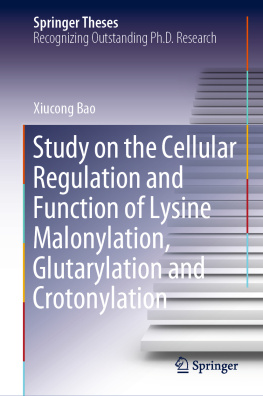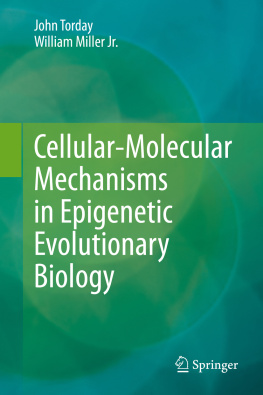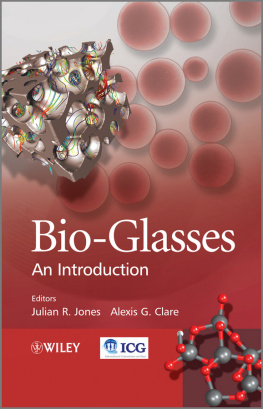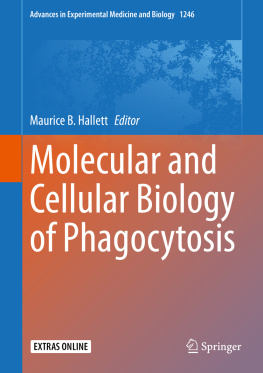Xiucong Bao - Study on the Cellular Regulation and Function of Lysine Malonylation, Glutarylation and Crotonylation
Here you can read online Xiucong Bao - Study on the Cellular Regulation and Function of Lysine Malonylation, Glutarylation and Crotonylation full text of the book (entire story) in english for free. Download pdf and epub, get meaning, cover and reviews about this ebook. year: 2020, publisher: Springer Singapore, genre: Home and family. Description of the work, (preface) as well as reviews are available. Best literature library LitArk.com created for fans of good reading and offers a wide selection of genres:
Romance novel
Science fiction
Adventure
Detective
Science
History
Home and family
Prose
Art
Politics
Computer
Non-fiction
Religion
Business
Children
Humor
Choose a favorite category and find really read worthwhile books. Enjoy immersion in the world of imagination, feel the emotions of the characters or learn something new for yourself, make an fascinating discovery.
- Book:Study on the Cellular Regulation and Function of Lysine Malonylation, Glutarylation and Crotonylation
- Author:
- Publisher:Springer Singapore
- Genre:
- Year:2020
- Rating:5 / 5
- Favourites:Add to favourites
- Your mark:
- 100
- 1
- 2
- 3
- 4
- 5
Study on the Cellular Regulation and Function of Lysine Malonylation, Glutarylation and Crotonylation: summary, description and annotation
We offer to read an annotation, description, summary or preface (depends on what the author of the book "Study on the Cellular Regulation and Function of Lysine Malonylation, Glutarylation and Crotonylation" wrote himself). If you haven't found the necessary information about the book — write in the comments, we will try to find it.
Xiucong Bao: author's other books
Who wrote Study on the Cellular Regulation and Function of Lysine Malonylation, Glutarylation and Crotonylation? Find out the surname, the name of the author of the book and a list of all author's works by series.
Study on the Cellular Regulation and Function of Lysine Malonylation, Glutarylation and Crotonylation — read online for free the complete book (whole text) full work
Below is the text of the book, divided by pages. System saving the place of the last page read, allows you to conveniently read the book "Study on the Cellular Regulation and Function of Lysine Malonylation, Glutarylation and Crotonylation" online for free, without having to search again every time where you left off. Put a bookmark, and you can go to the page where you finished reading at any time.
Font size:
Interval:
Bookmark:
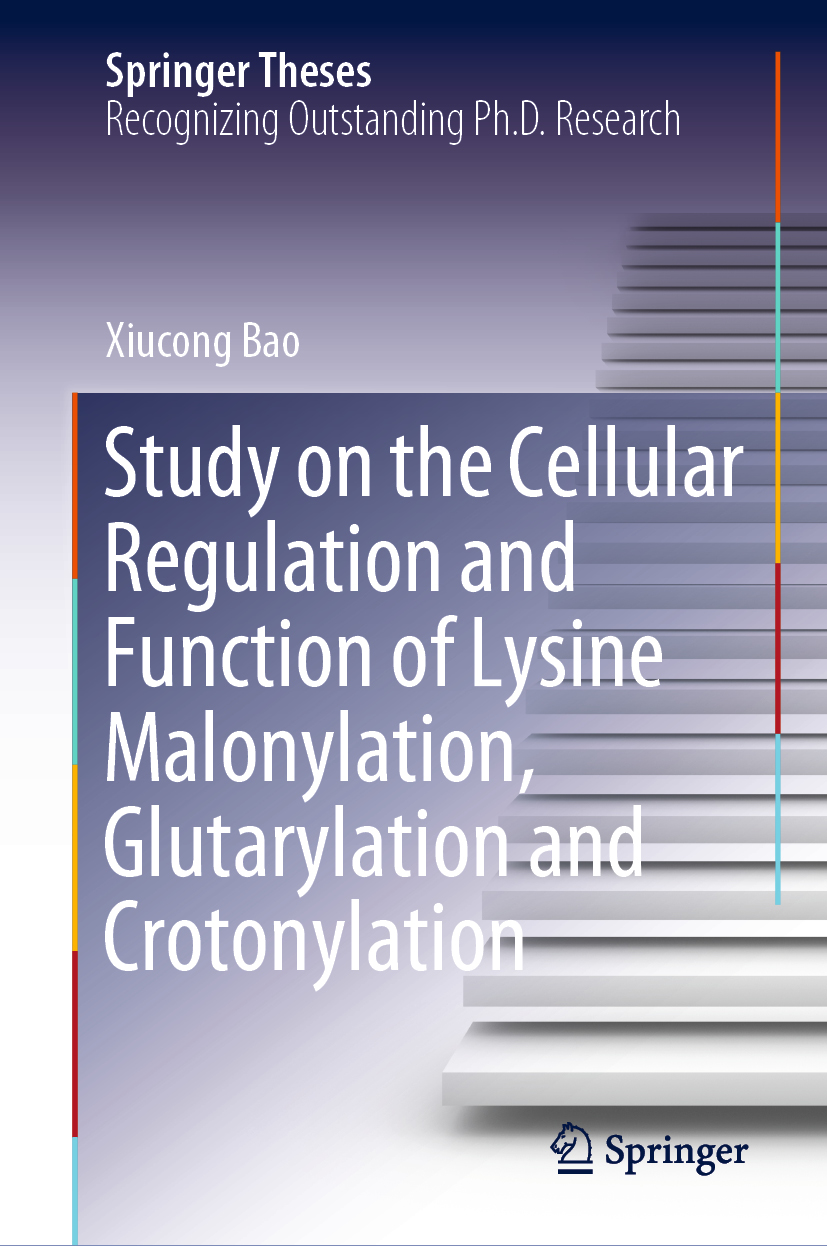
Aims and Scope
The series Springer Theses brings together a selection of the very best Ph.D. theses from around the world and across the physical sciences. Nominated and endorsed by two recognized specialists, each published volume has been selected for its scientific excellence and the high impact of its contents for the pertinent field of research. For greater accessibility to non-specialists, the published versions include an extended introduction, as well as a foreword by the students supervisor explaining the special relevance of the work for the field. As a whole, the series will provide a valuable resource both for newcomers to the research fields described, and for other scientists seeking detailed background information on special questions. Finally, it provides an accredited documentation of the valuable contributions made by todays younger generation of scientists.
They must be written in good English.
The topic should fall within the confines of Chemistry, Physics, Earth Sciences, Engineering and related interdisciplinary fields such as Materials, Nanoscience, Chemical Engineering, Complex Systems and Biophysics.
The work reported in the thesis must represent a significant scientific advance.
If the thesis includes previously published material, permission to reproduce this must be gained from the respective copyright holder.
They must have been examined and passed during the 12 months prior to nomination.
Each thesis should include a foreword by the supervisor outlining the significance of its content.
The theses should have a clearly defined structure including an introduction accessible to scientists not expert in that particular field.
More information about this series at http://www.springer.com/series/8790

This Springer imprint is published by the registered company Springer Nature Singapore Pte Ltd.
The registered company address is: 152 Beach Road, #21-01/04 Gateway East, Singapore 189721, Singapore
It is a great pleasure to write this foreword for the thesis of Dr. Xiucong Bao. She joined my research group in 2012 and received her Ph.D. degree in 2016. She has made outstanding achievements in her research in the field of chemical biology, as demonstrated by her excellent publications in many top chemistry and biology journals, as well as the numerous regional and international awards she has obtained.
In my laboratory, she has been trying to develop chemistry-based approaches to understand our life processes and to address issues in human health. She is particularly interested in elucidating complex regulatory mechanisms and functions of protein posttranslational modifications (PTMs, e.g., acetylation, methylation, and phosphorylation), the naturally occurring chemical modifications of proteins after their translation from DNA. PTMs regulate essentially every biological process, ranging from DNA replication and gene expression, to cell cycle control, signal transduction, and metabolism. Given these numerous links to essential cellular processes, it is not surprising that improper regulation of PTMs often leads to human diseases such as cancer. Therefore, it is of great importance to understand the roles of PTMs in normal cell biology and disease pathogenesis. However, while more than 300 different types of protein PTMs have been identified, functions of the vast majority of them remain poorly understood. This is particularly the case for those newly identified PTMs.
The thesis work of her covered important aspects of chemical epigenetics. Her first research project focused on a recently identified PTMprotein lysine malonylation. Because of its distinct chemical structure, malonylation was believed to have significant effects on its modified proteins structure and function. However, the lack of knowledge about the cellular substrates of malonylation curbs the enthusiasm of examining the biological significance of this new PTM. To fill this knowledge gap, she decided to take chemical tools and approaches. To be honest, I expected little on the progress by this first-year Ph.D. student who just experienced a transition from an undergraduate student major in biology to a chemistry postgraduate student. However, she indeed very much surprised and impressed me. Taking only six months, she has successfully developed a chemical reporter for rapid detection of malonylated proteins. The use of this chemical reporter allowed us, for the first time, to see malonylation dynamics (i.e., fast processes of addition and removal of the modification) in living human cells. She then took a step forward by combing her chemical reporter with the state-of-the-art mass spectrometry to comprehensively profile malonylated proteins in human proteomes and finally led to the identification of 361 new protein candidates. Her outstanding research work has greatly expanded the substrate inventory of malonylation and paved the way for further study of biological significance of this newly identified PTM. This work finally resulted in an outstanding paper and cover story inAngewandte Chemie, a top chemistry journal, in 2013.
After completing the first project, she has focused on the study of PTMs of histone proteins, around which genomic DNA is wrapped to form chromatin. She got interested in a recently discovered histone PTM, lysine crotonylation (Kcr). Kcr was found to be enriched at active gene promoters and potential enhancers in mammalian cell genomes, suggesting that Kcr might be a gene-ON mark for actively transcribed regions of chromatin. However, functional studies of this novel histone PTM have been hindered by the fact that the regulating enzymes that catalyze the addition (i.e., writers) and removal (i.e., erasers) of Kcr are unknown. The identification of such writers and erasers is extremely challenging because interactions between PTMs and their regulating enzymes are usually weak and transient. Therefore, it is difficult to identify these interactions using classical affinity-based biochemical approaches. To tackle this difficulty, she extended the use of a chemical proteomics approach previously developed in my laboratory to comprehensively profile erasers for histone Kcr marks. Her study led to the identification of human Sirt3 as the FIRST eraser enzyme for histone Kcr. She found that Sirt3 can function as a decrotonylase to regulate histone Kcr dynamics in living cells. Her work not only demonstrated the physiological significance of histone Kcr, but also helped to unravel unknown cellular mechanisms controlled by Sirt3 that has been considered solely as a deacetylase before. Her work has received considerable attention in the fields of both chemistry and chromatin biology and was published in
Font size:
Interval:
Bookmark:
Similar books «Study on the Cellular Regulation and Function of Lysine Malonylation, Glutarylation and Crotonylation»
Look at similar books to Study on the Cellular Regulation and Function of Lysine Malonylation, Glutarylation and Crotonylation. We have selected literature similar in name and meaning in the hope of providing readers with more options to find new, interesting, not yet read works.
Discussion, reviews of the book Study on the Cellular Regulation and Function of Lysine Malonylation, Glutarylation and Crotonylation and just readers' own opinions. Leave your comments, write what you think about the work, its meaning or the main characters. Specify what exactly you liked and what you didn't like, and why you think so.

